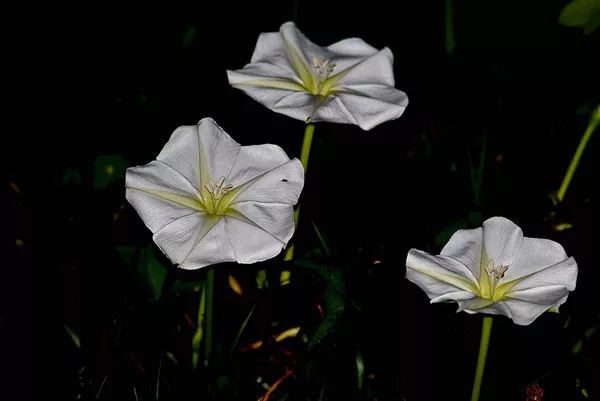As we eagerly anticipate the arrival of spring and summer blooms after a long winter, so do less welcome visitors – slugs. These voracious pests pose a threat to every part of a plant above the soil line, from delicate seedlings to fully blossomed flowers. While chemical pesticides offer a solution, eco-conscious gardeners can turn to careful planning and the strategic use of certain plants to deter slugs in a more environmentally friendly manner.
Slugs often strike at the earliest signs of growth, devouring tender seedlings before gardeners are even aware of the issue. Later in the season, established flowers may fall victim to slugs, with leaves and petals at risk of damage. Rather than resorting to chemical solutions, an alternative lies in the thoughtful arrangement of specific plants around favored flowers, either diverting slugs as a sacrificial crop or repelling them from the area entirely.
Identifying slug damage is crucial, with the telltale slimy trail being a clear sign of their presence. Slugs prefer fresh sprouts but leave distinctive bite marks in stems and sizable holes in leaves. The most disheartening harm is often inflicted on the tender petals of blooming flowers.
One effective strategy involves the introduction of a trap crop in a separate garden area to draw slugs away from cherished flowers. Successful implementation hinges on cultivating plants favored by slugs, essentially offering a more enticing option nearby. Picture a family of slugs making a beeline for your favorite flowers when suddenly, they’re enticed away by the allure of a strategically planted trap crop, sparing your beloved blooms from harm.
Marigolds, known for their palatability to slugs, are easily grown from seed and can be found inexpensively at most garden centers in spring. Zinnias and calendula are also attractive to slugs, making marigolds an ideal protective border for these flowers. For those seeking to safeguard perennial bushes and other plants from slug damage, strategically placing marigolds nearby can serve as a deterrent.
In instances where slug infestation is more severe, a trap crop can be utilized to attract slugs for elimination. Organic pesticides containing iron phosphate, such as Sluggo, are considered safe for children, pets, and birds, although further research is needed on their impact on earthworms and dogs. Applying the pesticide with the slugs gathered around the trap crop effectively rids the area of these slimy pests.
While slugs may seem indiscriminate in their plant consumption, there are certain species they find unappealing. Surrounding your cherished flowers with these deterrents can steer slugs towards more palatable options. Aromatic plants like rosemary, lavender, and oregano, with essential oils that repel pests, serve as effective slug deterrents.
In addition to herbs, consider enhancing your garden’s beauty with slug-resistant geraniums. These plants, available in both perennial and annual varieties, boast leaves with a disagreeable texture and scent that slugs find off-putting. For shaded or partly shaded areas, hydrangeas and ferns provide further protection, as their characteristics make them less appealing to slugs. With thoughtful plant selection and strategic planning, gardeners can cultivate a slug-resistant haven for their precious blooms.


